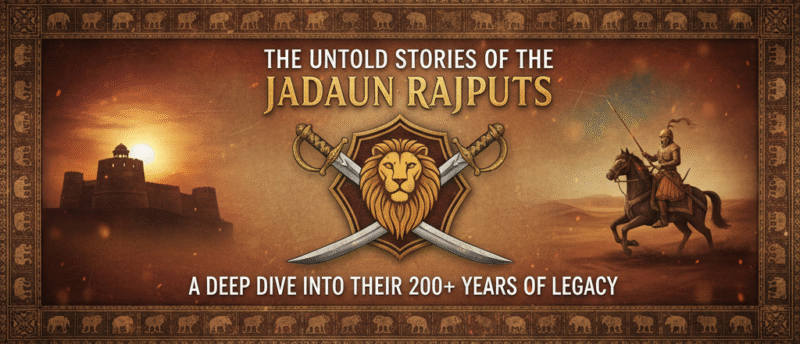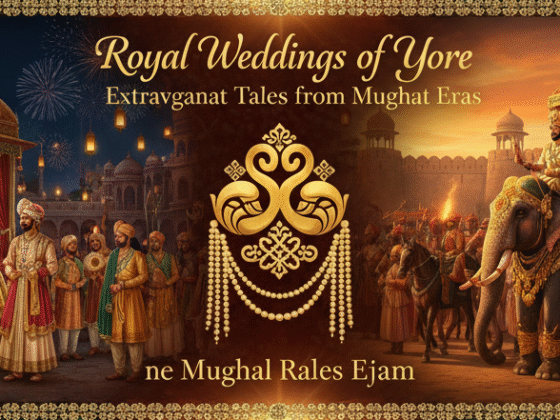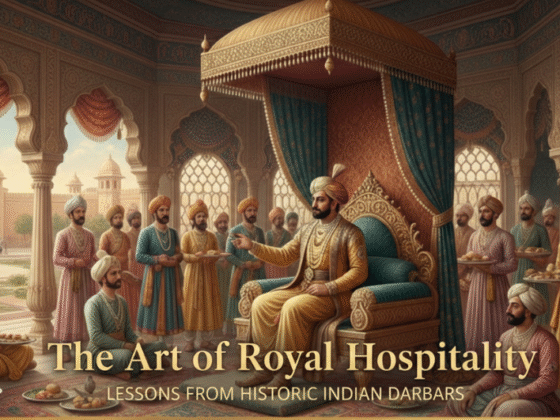Introduction to the Jadaun Rajputs
The Jadaun Rajputs are a name etched in the annals of Indian history, yet their tales often remain overshadowed by other dynasties. With a legacy spanning over 200 years, this warrior clan has woven intricate stories of valor, tradition, and resilience that deserve to be told. Their journey is not just about battles won or territories gained; it’s about a rich tapestry of culture and unyielding spirit. As we peel back the layers of time, we will explore the compelling origins of the Jadauns and meet some remarkable rulers who shaped their fate. Join us as we delve into these untold stories—a deep dive into the enduring legacy of the Jadaun Rajputs awaits!
Origin and History of the Jadaun Clan
The Jadaun clan traces its roots back to the ancient Rajput lineages of India. Emerging from the warrior class, they have a storied past that intertwines with valor and honor.
Legend suggests that the Jadauns are descendants of Maharaja Karan Singh, a formidable ruler known for his strategic prowess in battles. This noble heritage set the stage for their rise as influential players in regional politics.
Throughout history, they carved out territories primarily in Rajasthan and Uttar Pradesh. Their stronghold reflected both military strength and cultural richness.
With each passing generation, the Jadauns adapted while maintaining their core values. They navigated through tumultuous times marked by battles and alliances, illustrating resilience amid changing political landscapes.
Their legacy is not merely about conquests; it’s also about rich traditions passed down through generations. The tales of bravery continue to inspire pride among descendants today.
Significant Rulers and Their Achievements
The Jadaun Rajputs boast a lineage of significant rulers who shaped their legacy. One notable figure is Maharaja Suraj Mal, revered for his strategic acumen and military prowess. He expanded the kingdom’s territory and established Agra as a crucial stronghold.
Maharani Shyam Sundari stands out too. Known for her diplomatic skills, she forged alliances that strengthened the clan’s position in northern India. Her influence extended beyond politics; she was also a patron of arts and culture.
Then there’s Raja Jai Singh, whose reign marked advancements in architecture and education. Under his leadership, several forts were constructed, showcasing intricate designs that still stand today.
These rulers not only fought battles but also fostered cultural growth within their communities—a blend of valor and vision that defines the Jadaun legacy beautifully. The impact of their leadership continues to resonate through generations, making history come alive in every tale told about them.
Culture and Traditions of the Jadaun Rajputs
The culture of the Jadaun Rajputs is a vibrant tapestry woven with honor, valor, and deep-rooted traditions. Their heritage reflects an amalgamation of warrior ethos and artistic expression.
Festivals play a significant role in their lives. Celebrations like Diwali and Holi are marked with fervor, showcasing colorful attire and traditional dances that echo centuries-old narratives.
Music also holds a special place within the community. Folk songs narrate tales of bravery and love, often performed during gatherings or weddings.
The culinary traditions are equally rich. Dishes such as dal baati churma reveal the region’s agricultural bounty while being steeped in history.
Manners reflect their royal lineage; respect for elders is paramount, influencing social interactions significantly. This blend of customs creates a unique identity for the Jadaun Rajputs that continues to thrive through generations.
The Impact of British Colonization on the Jadaun Dynasty
The arrival of British colonization in India marked a significant turning point for the Jadaun Dynasty. As the British expanded their control, traditional power structures faced unprecedented challenges.
The once-sovereign rulers found themselves navigating a complex political landscape, where alliances and enmities shifted rapidly. Many local dynasties had to adapt or risk losing influence altogether.
Taxation policies imposed by the British altered land ownership dynamics, directly impacting the agrarian economy that supported many royal families, including the Jadauns.
Despite these challenges, some members of the dynasty sought collaboration with colonial powers to retain their status. This duality created a narrative of survival amidst adversity as they balanced tradition with modern pressures.
Cultural practices also evolved during this period due to exposure to Western ideologies and education systems. The fusion of old customs with new ideas paved pathways for future generations while preserving essential elements of their identity.
Modern-Day Status of the Jadaun Rajputs
Today, the Jadaun Rajputs continue to embrace their rich heritage while adapting to contemporary challenges. Many descendants have ventured into various professions, from education to politics and entrepreneurship. This blend of tradition and modernity defines their current identity.
In recent years, efforts have been made to preserve their cultural practices. Festivals are celebrated with enthusiasm, showcasing traditional music, dance, and cuisine.
Community cohesion remains strong among the Jadauns. They often come together for social causes or charitable events that reflect their commitment to uplift one another.
Additionally, some members actively engage in historical research and documentation projects. These initiatives aim not only at preserving legacy but also educating future generations about their lineage’s significance in Indian history.
With a growing sense of pride in their ancestry, the Jadaun Rajputs are carving a niche for themselves while ensuring that the stories of yesteryears resonate through time.
Resilience and Legacy: Stories from Descendants
The descendants of the Jadaun Rajputs carry forward a rich legacy steeped in valor and honor. Many stories echo through generations, revealing their resilience against adversity.
One tale speaks of a young woman who defied societal norms to pursue education. She became an advocate for women’s rights in her community, inspiring many to follow her path. Her determination highlights how the spirit of the Jadauns lives on.
Another story features a descendant who restored ancient forts once abandoned. His efforts not only revived historical sites but also fostered local tourism, blending heritage with modernity.
These narratives illustrate that while history shapes them, it is their choices today that define their future. The Jadaun Rajputs’ lineage thrives on values instilled by ancestors—courage, commitment, and compassion remain at the forefront of their journey onward.
Conclusion
The Jadaun Rajputs have woven a rich tapestry of history, culture, and resilience over their 200+ years. Their journey from ancient warriors to modern-day descendants is filled with tales of valor and tradition that continue to inspire many.
Exploring the origins of the clan reveals a lineage steeped in nobility and honor. The significant rulers not only expanded their territories but also left indelible marks on regional politics, society, and culture. Each ruler’s achievements add layers to an already complex legacy.
Culturally, the Jadaun Rajputs are known for their vibrant traditions that reflect centuries-old customs. Festivals celebrate their heritage while maintaining connections with the past. However, British colonization brought challenges that tested their strength and adaptability.
Today’s Jadaun Rajputs stand as both custodians of this legacy and innovators in contemporary times. They navigate modern life while cherishing stories passed down through generations—a testament to their enduring spirit.
These untold stories remind us how history shapes identity and community bonds endure despite changing circumstances. As we delve deeper into understanding these legacies, we find inspiration in every narrative shared by descendants who continue to honor what it means to be a Jadaun Rajput today.







